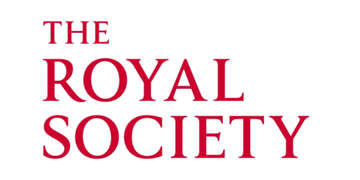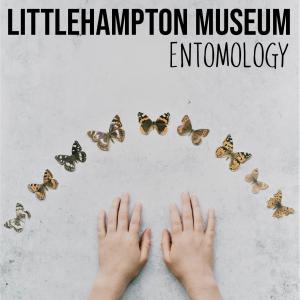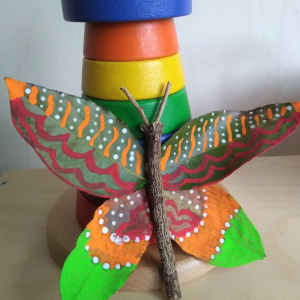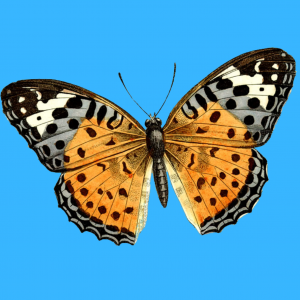Butterflies
Welcome to our butterfly page! Here you have the opportunity to explore the Museum's Lepidoptera collection digitally. We've curated together some interesting information, created fun activities and posted incredible photographs for you to enjoy.
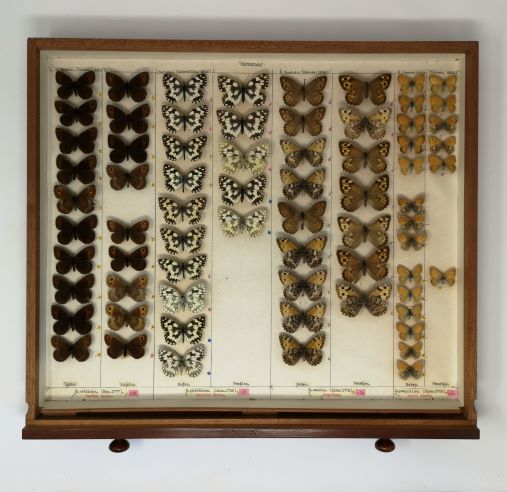
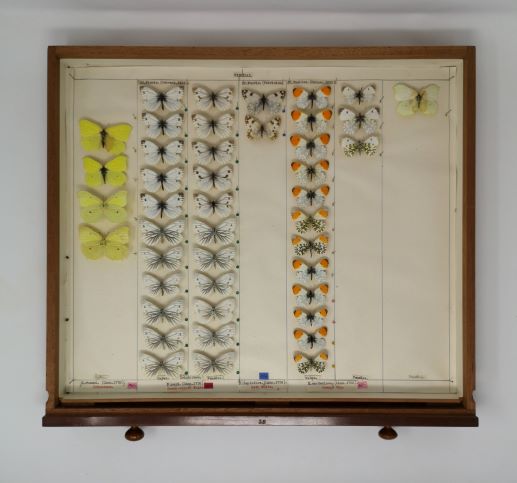
What are Lepidoptera?
Essentially Lepidoptera means Moths and Butterflies. Lepidoptera is the latin word for this order of insects. There are over 180,000 species in this order. Butterflies and moths have four wings covered with tiny scales. Lepidoptera comes from the Greek words lepido, which means scale and pteron, which means wing.
Some of the specimens in the Museum are over 100 years old. Whilst it is no longer necessary to collect specimens like this, thanks to the development of photography, these collections can still provide valuable scientific data.
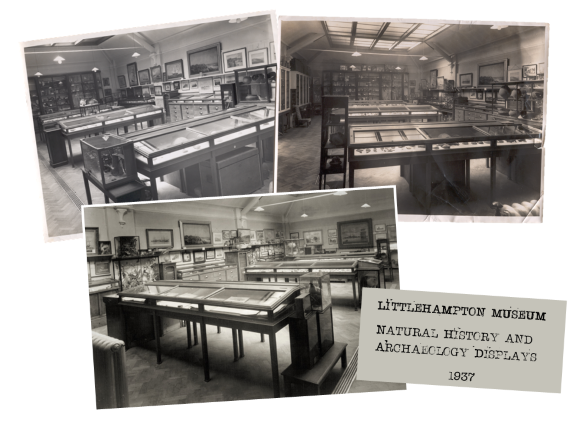
Butterflies in Littlehampton?
Littlehampton Museum was founded in 1928 by the Natural History and Archaeology Society. The early collections were often donated by the founders and meant that the Museum held a large collection of Natural History. Sadly over the years the collection became smaller. Many items were returned to donors and others transferred to other Museums. The Museum still holds some of the original collection including three cabinets of Lepidoptera and a number of zooological specimens.
Places of Science
In 2019 the Museum was awarded a small grant from the Royal Society as part of their Places of Science Scheme
The grant programme aims to fund projects that focus on presenting science in new and engaging ways, and especially where the community can become involved.
The Museum's main focus was getting the collection back out on display and developing the team's knowledge to ensure the future of the collection.
You can read more about what the team have achieved in our blog post which is linked below.
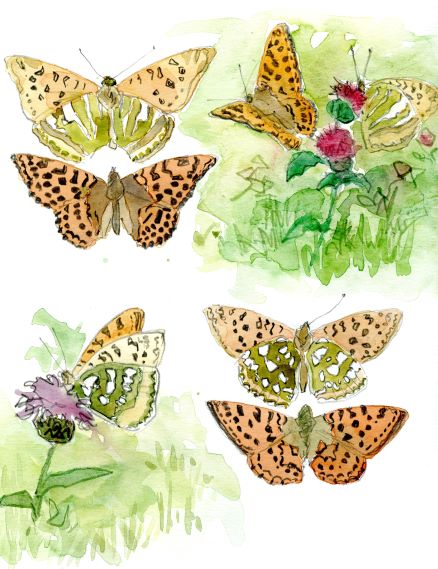
Activities and Resources
Created by the Museum to be used at home. Make your own Butterflies or learn all about entomology!
Click the links below to download activities and resources, you can print them or use them online.
Explore the Collection
Lepitoptera are one part of the Museum's natural history collection. The collection includes taxidermy collected by the noted collector Guermonprez, delicate egg shells and even insects.
With our new collections page you can find out more about some of the creatures of Littlehampton Museum.
Still want to know more?
In this section we've created some links to other organisations and Museum's where you can learn more about Natural History. We've also included some of our favourite videos for learning about Butterflies. Enjoy!
Magnificent Museums
Cumberland House Natural History Museum, Portsmouth
A wonderful Museum that makes natural history fun for all ages. Particular highlights are the A-Z gallery and the Butterfly House.
Booth Museum of Natural History, Brighton
An impressive collection of Natural History which opened in 1874 and focuses on the Victorian collections of taxidermy.
Natural History Museum, London
A must visit for any family. An interactive museum with plenty to keep you engaged all day long.
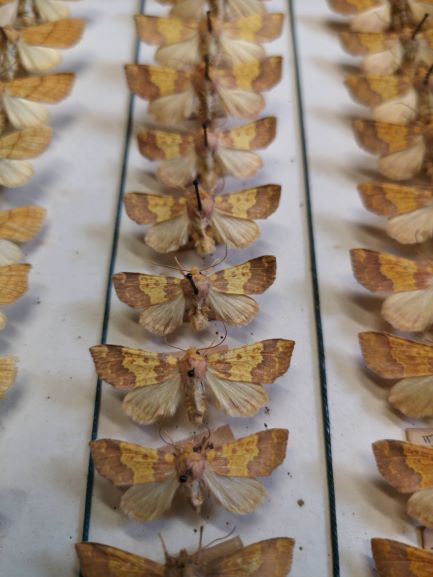
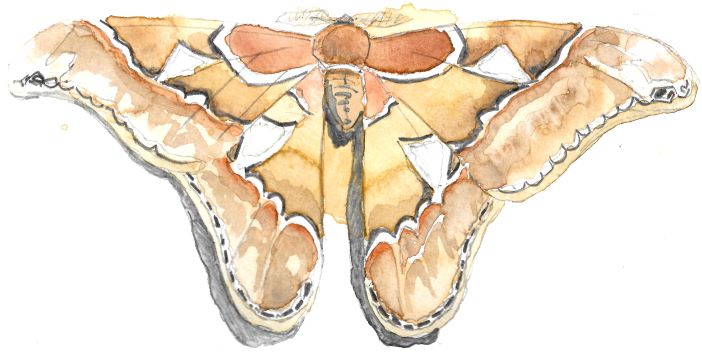
Other Resources
get involved with this yearly count of butterflies, you can download an app or a print off a sheet to take part.
Twinkle - life cycle of a Butterfly
Twinkle has some incredible resources for primary learning about the life cycle of a Butterfly including some awesome very hungry caterpillar resources.
Litltehampton Museum would like to say thank you to the Royal Society for the Places of Science grant received in 2019. This grant has allowed staff to develop new knowledge and create new ways of engaging the public with our entomology collections. We would also like to say thank you to the team at Cumberland House who have shared their knowledge on caring for Natural History Collections. Lastly thank you to local artist Richard Kemp who kindly created the artwork for this project that you can see on this page.
